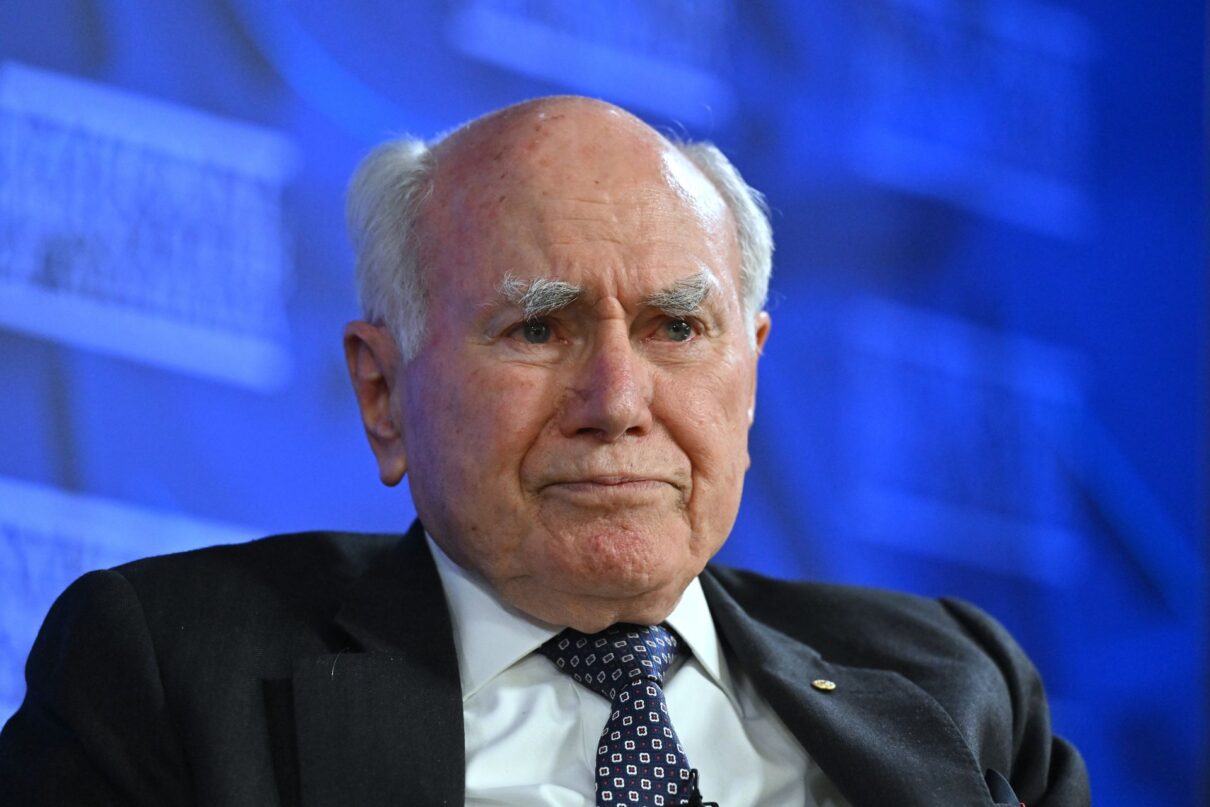Increasing JobSeeker is possible, it’s just a question of priorities

The government has the power to make significant and long-awaited improvements to the JobSeeker scheme in this federal budget, but it has to make it a priority, says Greg Jericho.
The federal government’s hand-picked Economic Inclusion Advisory Committee has called for a significant increase to the JobSeeker unemployment payment, describing the current rate as “seriously inadequate”.
While the aged pension has increased over time, JobSeeker has stagnated for decades, dragging people without a job well below the poverty line, Australia Institute Chief Economist Greg Jericho said on the latest episode of Dollars & Sense.
Currently worth less than 70 per cent of the aged pension, JobSeeker payments should be increased to 90 per cent, according to the Committee.
The significant disparity between the two payments is the result of a policy decision by the Howard government, Jericho explained.
“What John Howard did was change how [JobSeeker and the aged pension] were indexed,” Jericho said.
“He linked the aged pension – but not unemployment benefits – to average, full-time, male earnings.
“In a sense, what [Howard] was saying was, ‘those people on that government benefit, they’re worthy – these people on unemployment benefits, not worthy.
“We’ve always had people talking about ‘dole bludgers’…[but Howard] made that view government policy.”
$4.6bn to raise Jobseeker to 90% of the Age Pension? Don’t say you can’t afford it, say you choose not to do it
https://t.co/SHik3fdv7A pic.twitter.com/ap7r2x1vkA
— Greg Jericho (@GrogsGamut) May 2, 2024
In considering the Committee’s recommendations, the federal government faces a question around where its priorities lie, Jericho said.
“It’s going to cost around $4.6 billion a year, but this is where it comes back to choices.
“Josh Frydenberg was quoted as saying, back when they were talking about AUKUS, that everything is affordable if it’s a priority. Julia Gillard made a speech in 2014 where she said budgets are made of choices.
“If something is a priority, they find the money.”
Dollars & Sense is available on Apple Podcasts, Google Podcasts, Spotify or wherever you get your podcasts.
You might also like
Want to lift workers’ productivity? Let’s start with their bosses
Business representatives sit down today with government and others to talk about productivity. Who, according to those business representatives, will need to change the way they do things?
Go Home On Time Day 2025. As full timers disconnect, part timers are doing more unpaid overtime
New research by the Centre for Future Work at The Australia Institute has revealed a disturbing new twist when it comes to unpaid overtime in Australia.
Feeling hopeless? You’re not alone. The untold story behind Australia’s plummeting standard of living
A new report on Australia’s standard of living has found that low real wages, underfunded public services and skyrocketing prices have left many families experiencing hardship and hopelessness.
